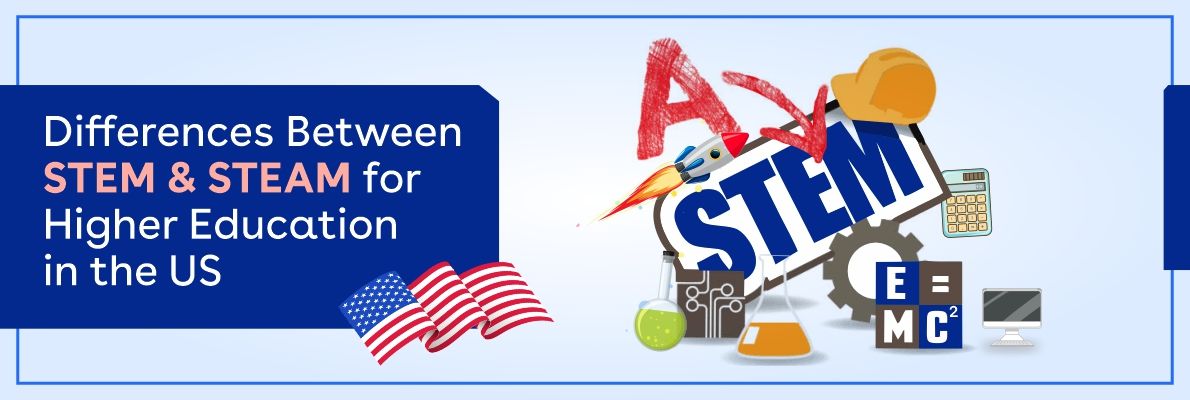Of late there has been a growing movement in the United States to promote STEM and STEAM education. STEM stands for Science, Technology, Engineering, and Math, focusing on teaching these subject areas in an integrated and interdisciplinary way. In contrast, STEAM focuses on the addition of Arts in STEM.
There has been a push to add an Arts component to STEM, resulting in the acronym STEAM. The argument for STEAM education is that it is more well-rounded and holistic than STEM education and better prepares students for the real world.
